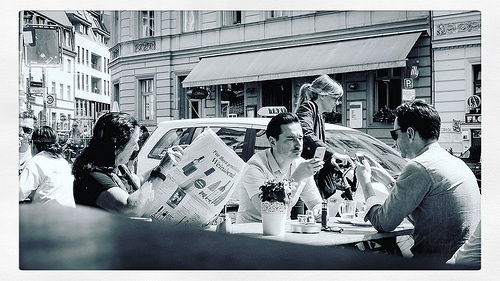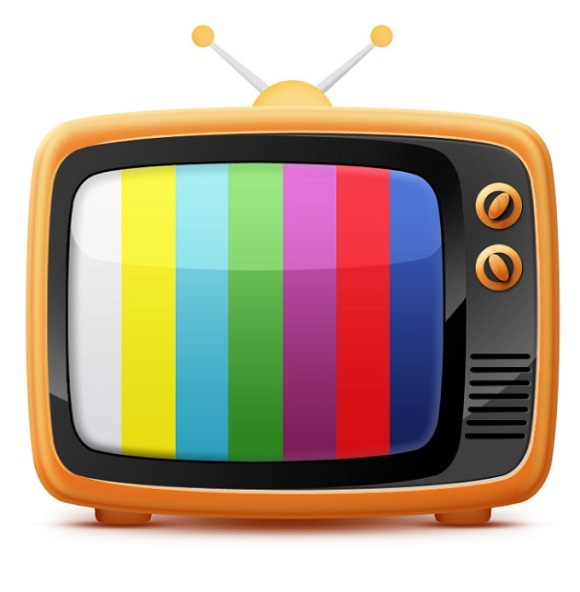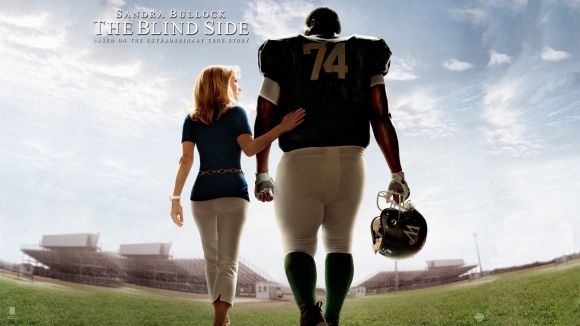Every human in America, seemingly, has piled on in the unending criticism of Pepsi for its “tone deaf, ” “inauthentic” spot featuring Kendall Jenner. I think the spot is brilliant.
What did Pepsi hope to accomplish with the Kendall spot? I wasn’t privy to their team’s planning sessions but my guess is: To generate buzz, to stir emotions and to build brand name awareness. Bingo, bingo and bingo.
The controversial spot features a well-known celebrity who walks away from her photo shoot to participate in something more meaningful. Which cause are the marchers supporting? That remains vague. Is it a “resistance” march? Is it a campus “free speech” march? Is it a “Black Lives Matter” march? Doesn’t matter. People who might’ve marched (or wanted to march) for any cause during the last couple of years are likely to pay attention to the spot.
The payoff comes when Kendall hands a can of Pepsi to a security person. (Maybe a policeman, maybe a campus cop, maybe a private hire—not a threatening hard ass with a billy club.) It’s a nice gesture.
The blowback was instantaneous. One imagines the Pepsi team knew the spot would be polarizing, but not to what degree. In short order, the spot was pulled. But we have seen it again and again on social media and on TV news shows. Exposure was not unlike those Super Bowl spots that are “banned” because they are too controversial or racy. Those “banned” spots then get millions of views on Youtube, as has the Pepsi spot.
The Pepsi spot was parodied this weekend by SNL. An op-ed in the New York Times called it “a spot that says that racialized police brutality is really a big misunderstanding that can be solved with a soda and a Kendall Jenner fist bump.”
However, comments on the K-104 website (KKDA-FM, a Hip-Hop radio station in Dallas/Fort Worth) include these remarks: “BEAUTIFULLY DONE PEPSI, YOU TOOK ON A RELEVANT AND SOMETIMES SENSITIVE ISSUE & MADE IT POWERFUL AND NOT OFFENSIVE,” “I dont see anythin wrong with it… i love it and i am black,” and “Blends all cultures and it’s about togetherness.”
According to several analyses I read about the Pepsi spot, it was not “genius” like that “I’d Like To Buy The World A Coke” spot from 1971.
I recall many of us, back in the day, thought the Coke spot was a bunch of “Up With People” mindless “feel good” pap in the midst of the ugliness of the Vietnam War, the Nixon/Agnew regime and unrelenting racial tension in America. (I think the final episode of Mad Men may have something to do with the current renewed affection for the Coke spot.)
To me, the Pepsi spot, despite its many perceived flaws, reflects the culture and vibe of its day more accurately than the Coke spot did.
Once again: Did the Pepsi/Kendall spot generate buzz? Yes. Did it stir emotions? Yes. Did it burn the name “Pepsi” into the nation’s collective consciousness? Yes. But will it help grow Pepsi’s market share? Let’s check back in a few months and find out.








